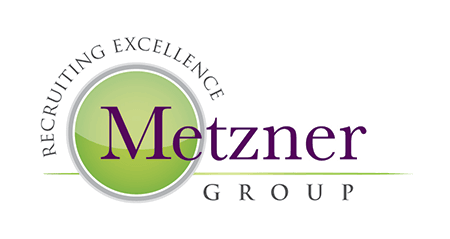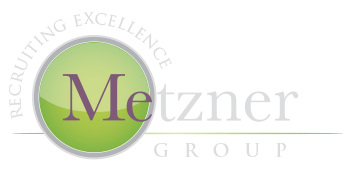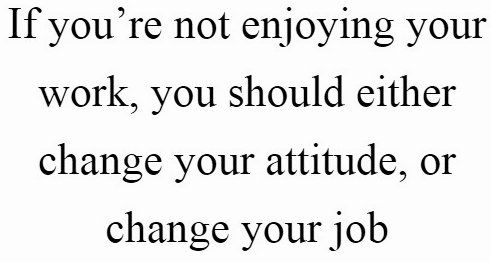
Sustainable Highways, Transportation & GREENROADS?
The Civil Engineering Central blogs have often discussed the need for sustainable transportation in the U.S. Whether we discussed transit, high speed rail, the SCHWEEB or SkyTran , we are fascinated with the concept of finding a way to be better to our planet while getting where we need to go when we want to get there. One thing is for sure, the majority of us will not give up our cars and highways will always be needed.
The Federal Highway Administration’s (FHWA) has developed the Sustainable Highways Self-Evaluation Tool, Infrastructure Voluntary Evaluation Sustainability Tool ( INVEST ) version 1. INVEST was built using the FHWA concept of sustainability. FHWA describes how sustainability in highways:
A sustainable highway should be planned or replaced, financed, designed, constructed, inspected, operated and maintained in a way that provides sustainable benefits related to three principles: Social, Environmental, and Economic.
… with the understanding that highways are one part of transportation infrastructure, and transportation is one aspect of meeting human needs. In addition to addressing environmental and natural resource needs, the development of a sustainable highway should focus on access (not just mobility), moving people and goods (not just vehicles), and providing people with transportation choices, such as safe and comfortable routes for walking, cycling, and transit.
Sustainable transportation may be described or defined in many ways that broadly address environmental, social and economic impacts, safety, affordability, and accessibility of transportation services. Transportation agencies address sustainability through a wide range of initiatives, such as ITS, livability, smart growth, recycling, planning and environment linkages…Transportation planning processes that incorporate these values and integrate the elements of sustainability should be the foundation from which to implement sustainability decisions as a project moves forward. Measures of project success include a wide range of indicators, such as travel performance, gains achieved through material selection, and construction methods.
Are you familiar with GREENROADS and the GREENROADS rating system ? Do you think it is worthwhile to worry about sustainability with our highways and “promote environmental stewardship, accountability and integrity” or is this just another “roadblock” to development?
The Metzner Group Blog


Celebrating more than
30 years
An executive search firm, dedicated exclusively to A/E/P recruitment throughout North America.
QUICK LINKS
All Rights Reserved | Metzner Group | Website & Hosting by SovoWeb a division of RedXWebDesign

